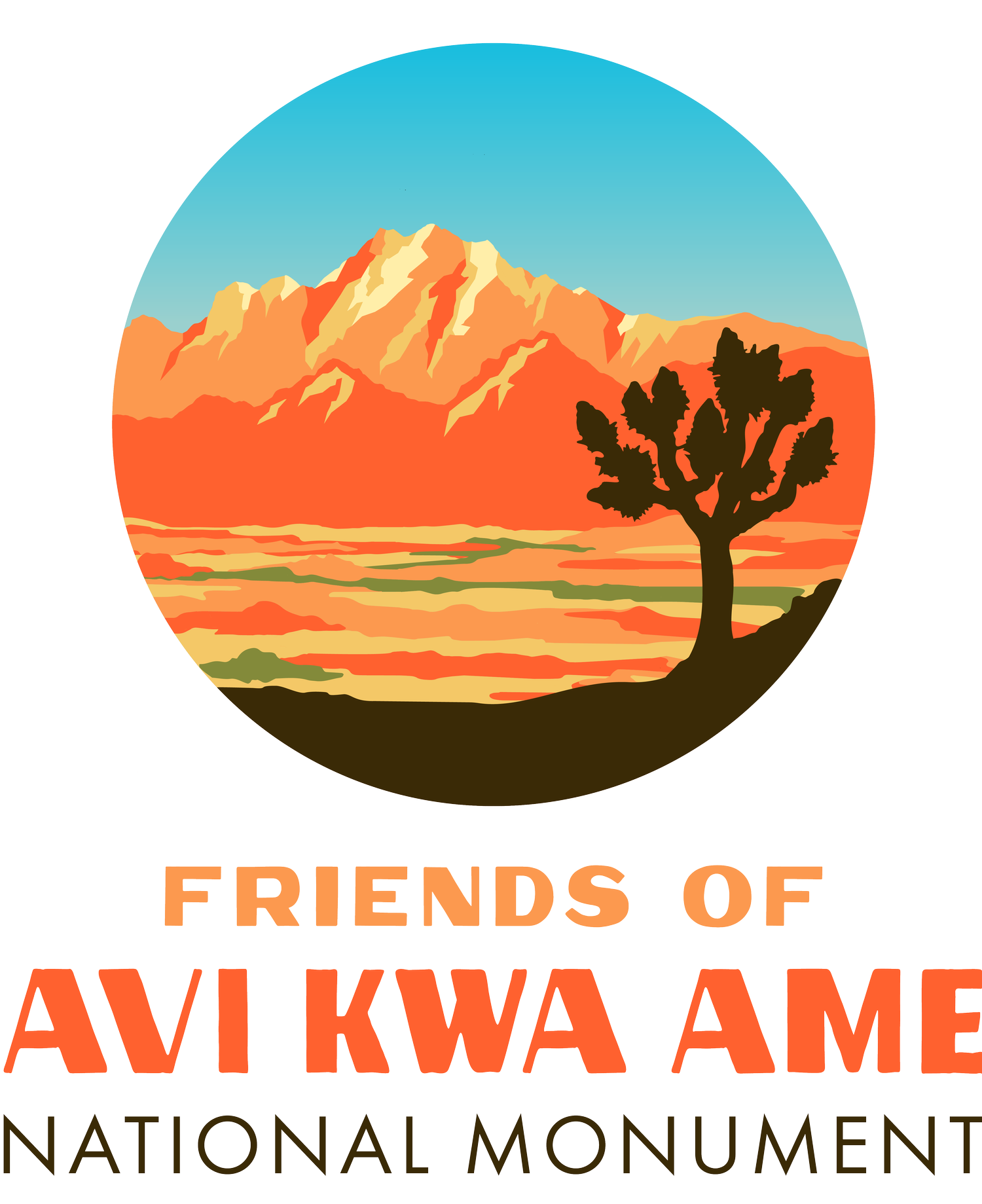
CASTLE MOUNTAINS
CASTLE MOUNTAINS / CASTLE PEAKS SCENIC DRIVE
If you are interested in seeing some of the most diverse and biologically significant Mohave Desert habitats, colorful history, and impressive sawtooth-type mountains, then this could be just the destination for you. This is a place of breathtaking panoramas and natural history - -think Joshua tree forests, washes filled with willows, and rugged mountains where herds of desert bighorn sheep still roam.
The 10-mile scenic drive offers one of the most stunning natural landscapes in Southern Nevada. Two district mountain ranges, the Castle Mountains and Castle Peaks, can be viewed along the drive. Both ranges are composed principally of volcanic tuffs and breccias. Deep erosion of these rocks has formed distinct, sharp summits. These clusters of sharp pinnacles are clearly visible along most of the road with striking views at several vantage points. This area also has unique grasslands that you typically don’t find in the desert.
The Joshua trees are here in abundance, along with their cousins the Mojave and banana yuccas. The cactus family is well represented here, with red-spined barrel cacti surprisingly abundant, along with a healthy diversity of chollas and a number of other common (and less-common) Mojave species. Here and there, you can also find single-needle piñon pine trees, growing well away from their usual mountain haunts. Junipers and a wealth of broad-leaved shrub species, blackbrush and sage in the higher parts of the area and creosote and bursage fill out the desert floor. The washes hold a staggering display of annual flowers in season.
You can’t hike for long down a wash without finding evidence of desert tortoise burrows, coyote and deer and bighorn tracks in the sand, Audubon’s cottontails, black-tailed jackrabbits, and antelope ground squirrels, kangaroo rats and packrats. There are at least five different lizard species here, including the banded Gila monster. Those sinuous tracks in the wash sand may well have been made by rattlers, though there are plenty of red coachwhips here as well.
The bird population is very diverse. Among the most common are gilded flicker, northern flicker, ladder-backed woodpecker, black-throated woodpecker, black-throated sparrow, red-tailed hawk, crissal thrasher, golden eagle, loggerhead shrike, and cactus wren.
DIRECTIONS
From Las Vegas take U.S. 93/95 South to Railroad Pass. Just past Railroad Pass is the turnoff for U.S. 95. Turn right and stay on U.S. 95 until you get to Searchlight. From the town of Searchlight, take Nipton Road (Nevada Highway164) for 7.0 miles to Walking Box Ranch Road. Turn left on Walking Box Road and continue on that road for 10 miles to the California state line which is the eastern boundary of the Castle Mountains National Monument.
If time allows, you can continue on the road through the Castle Mountains National Monument which is another 9 miles. The road is well maintained and is passable by a standard vehicle.

